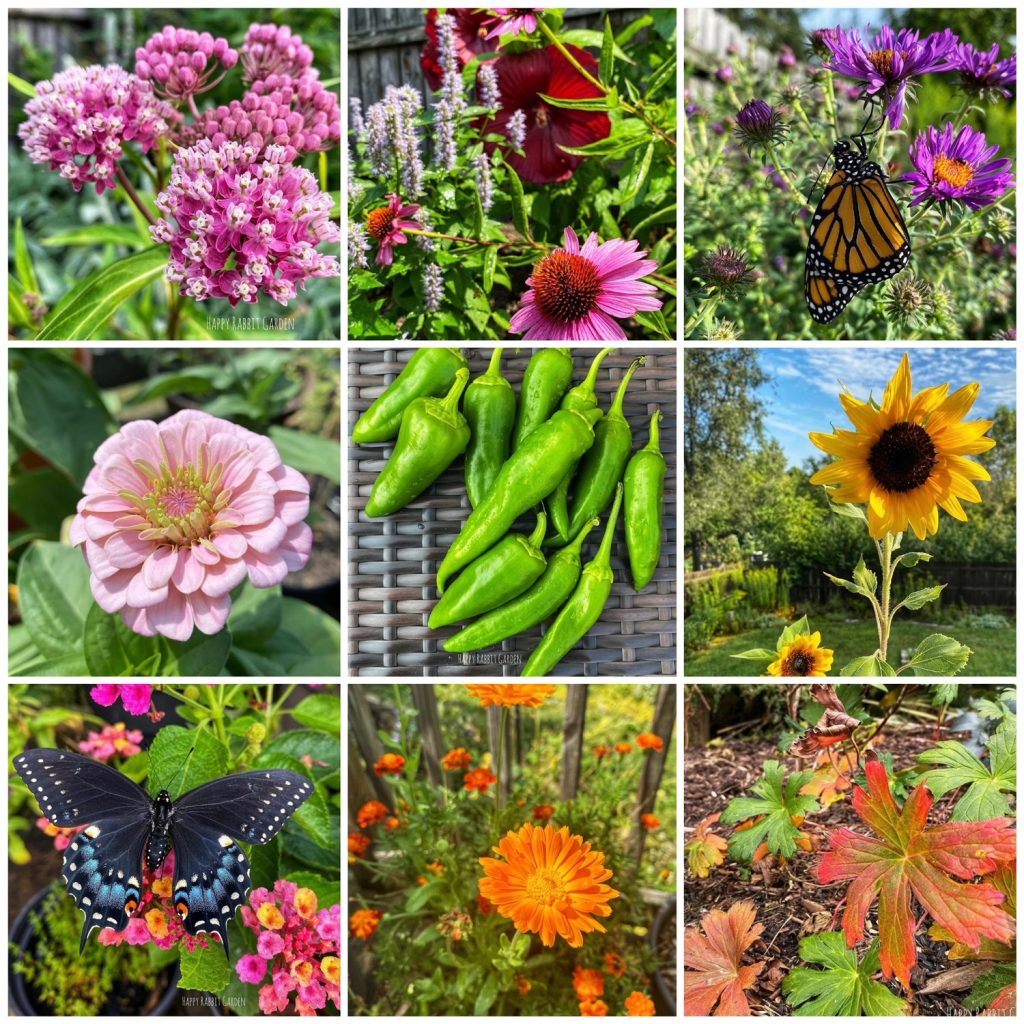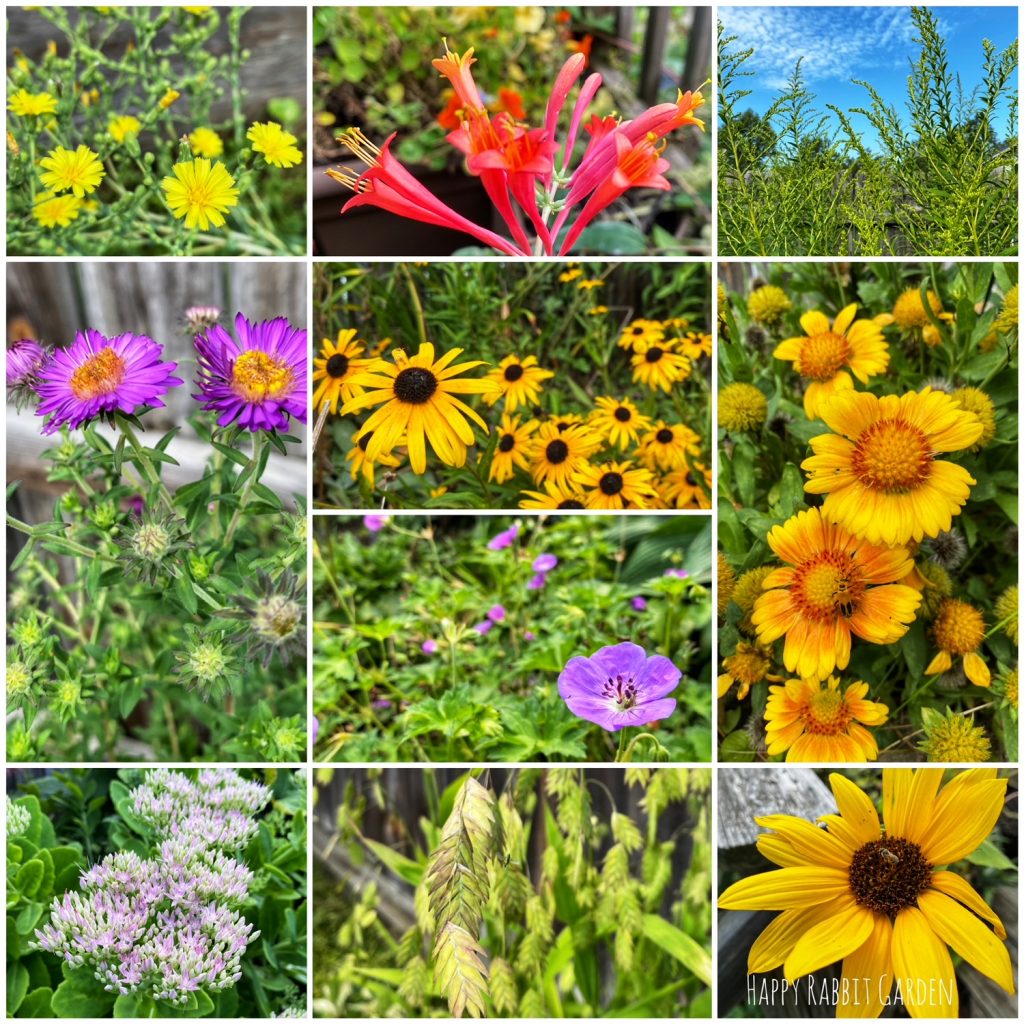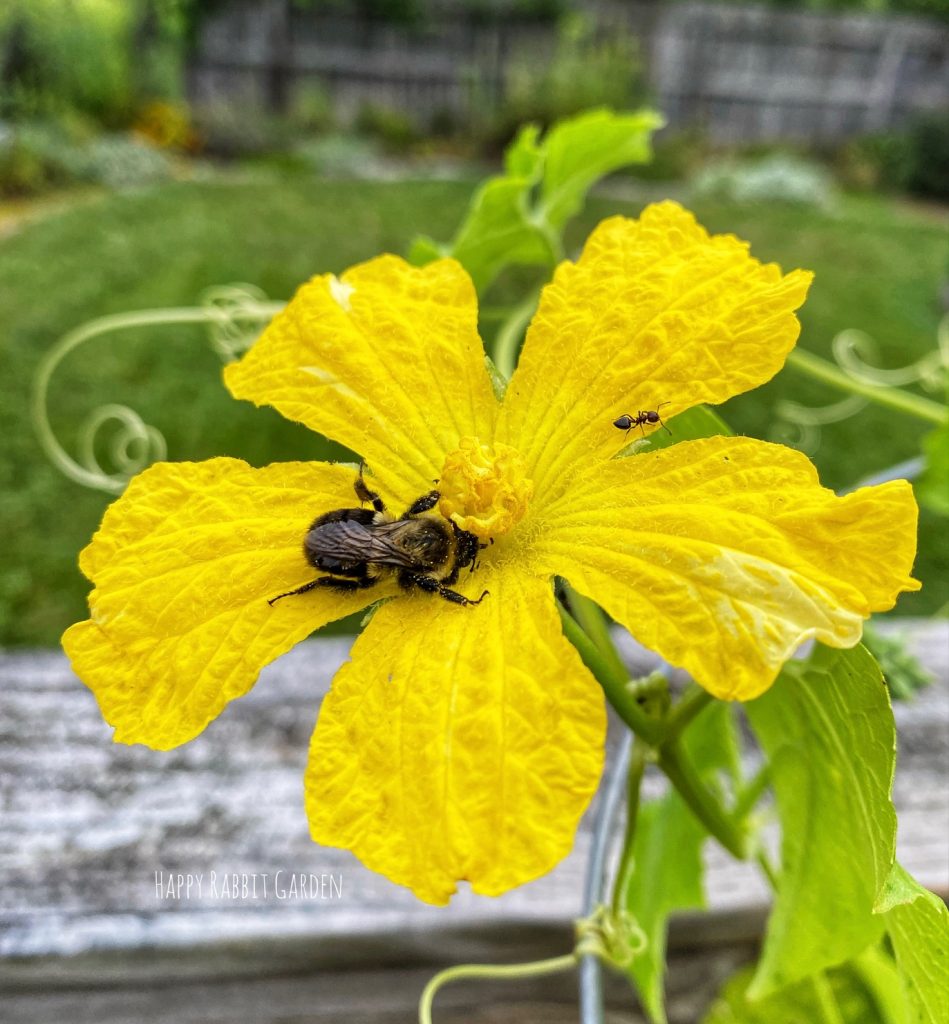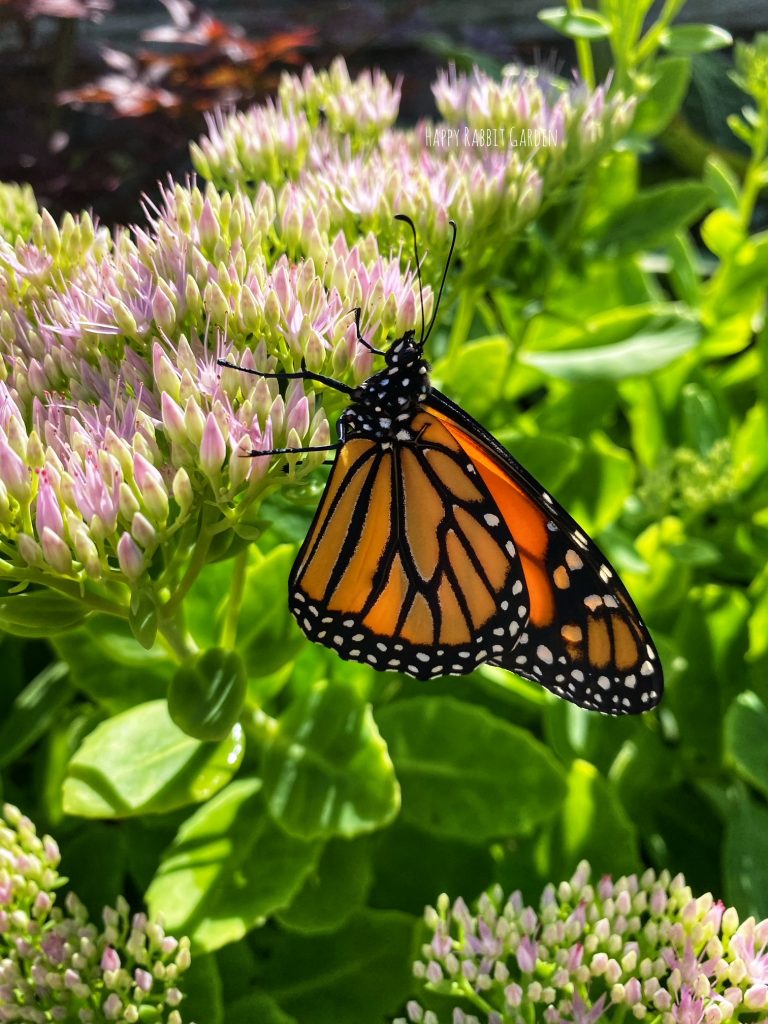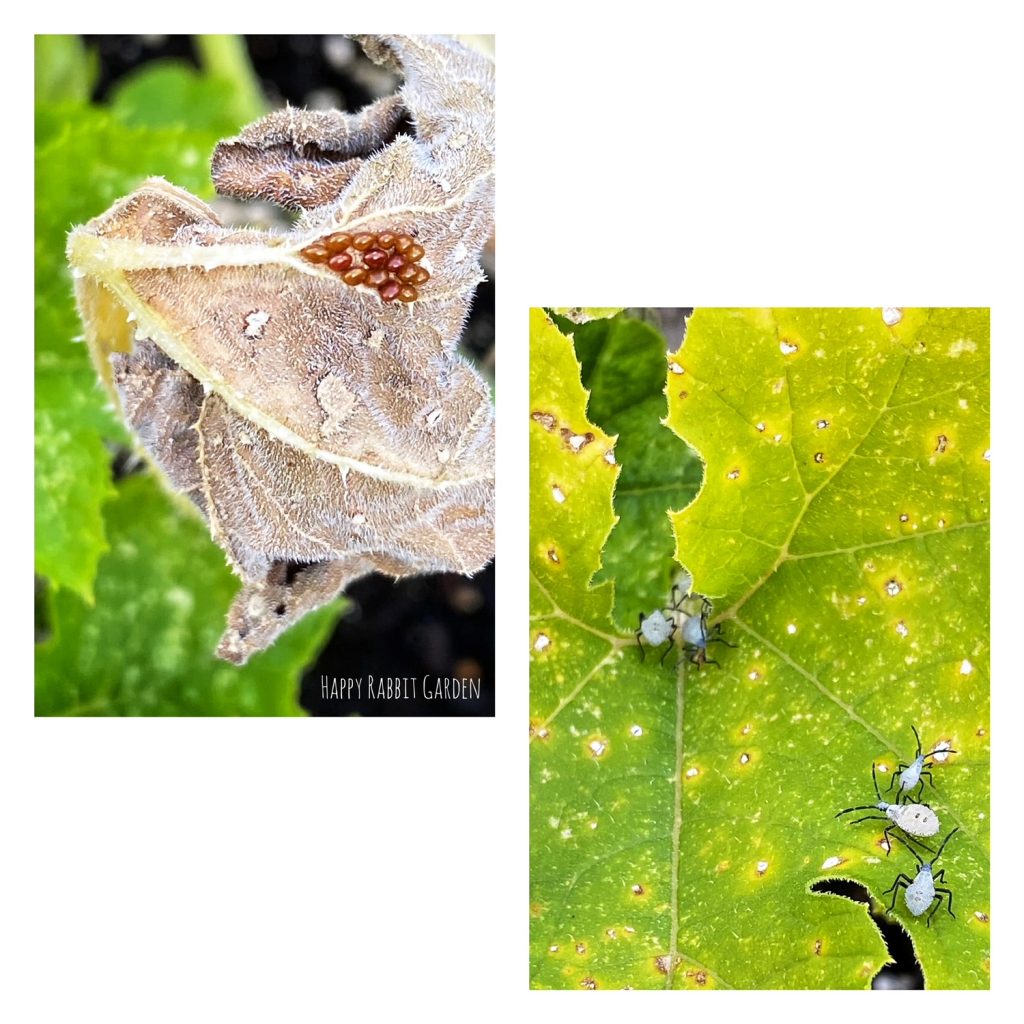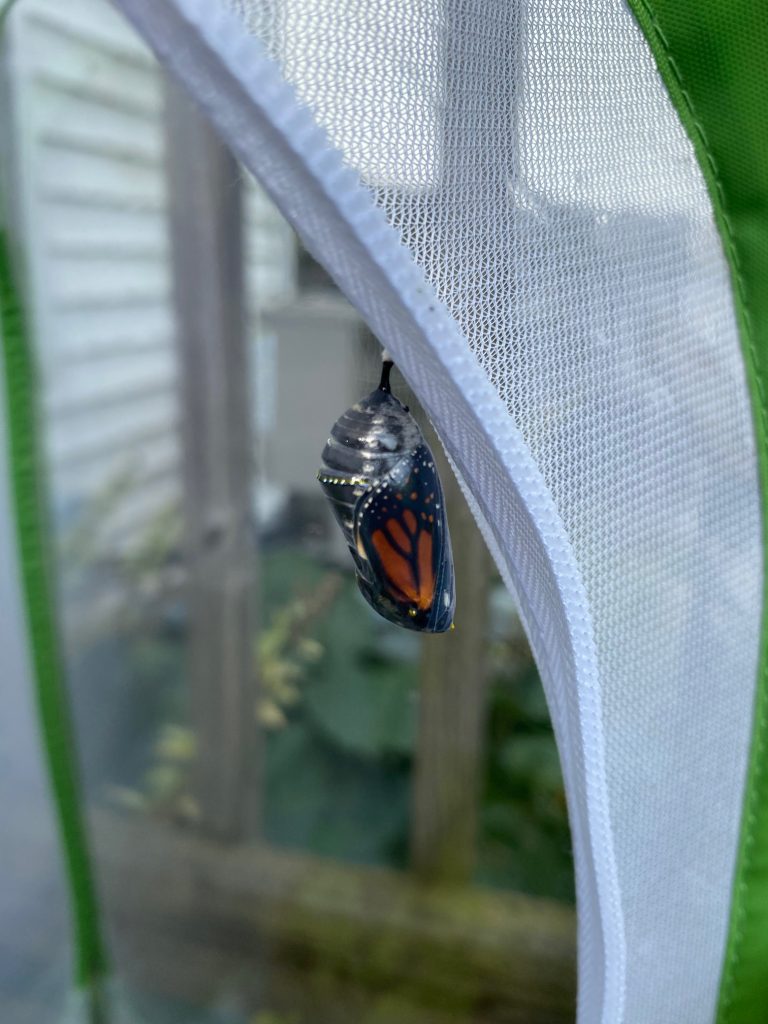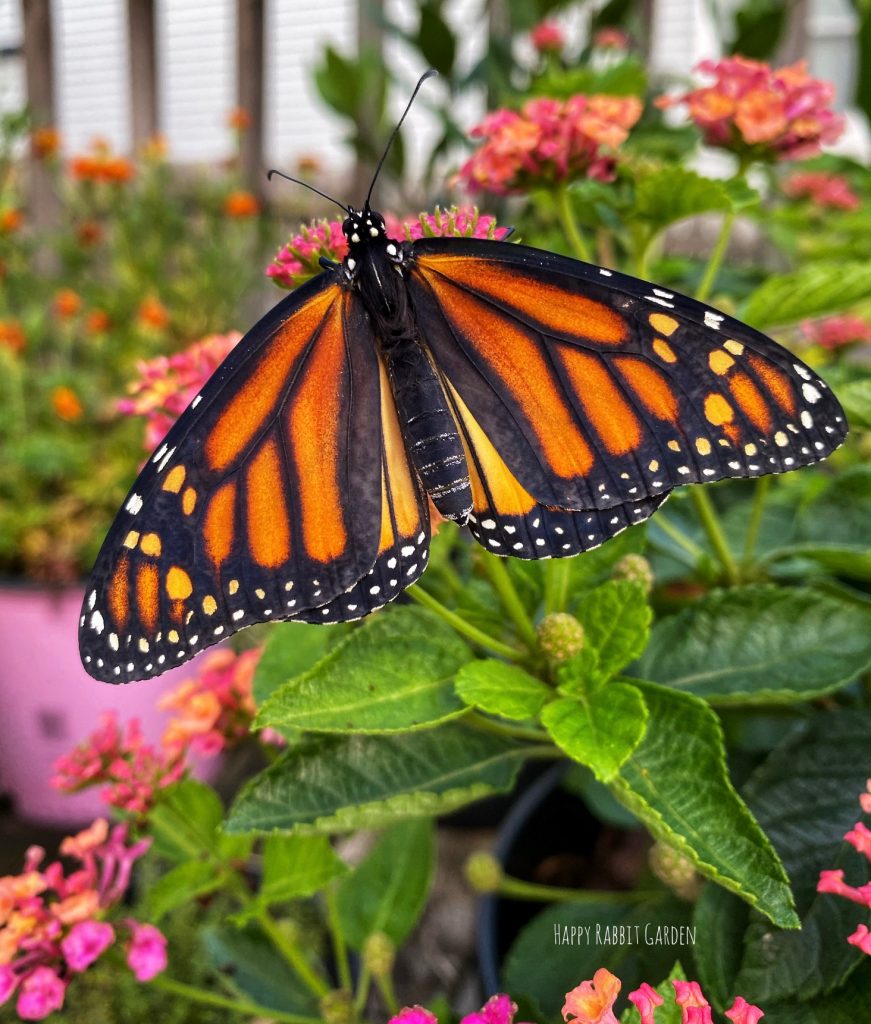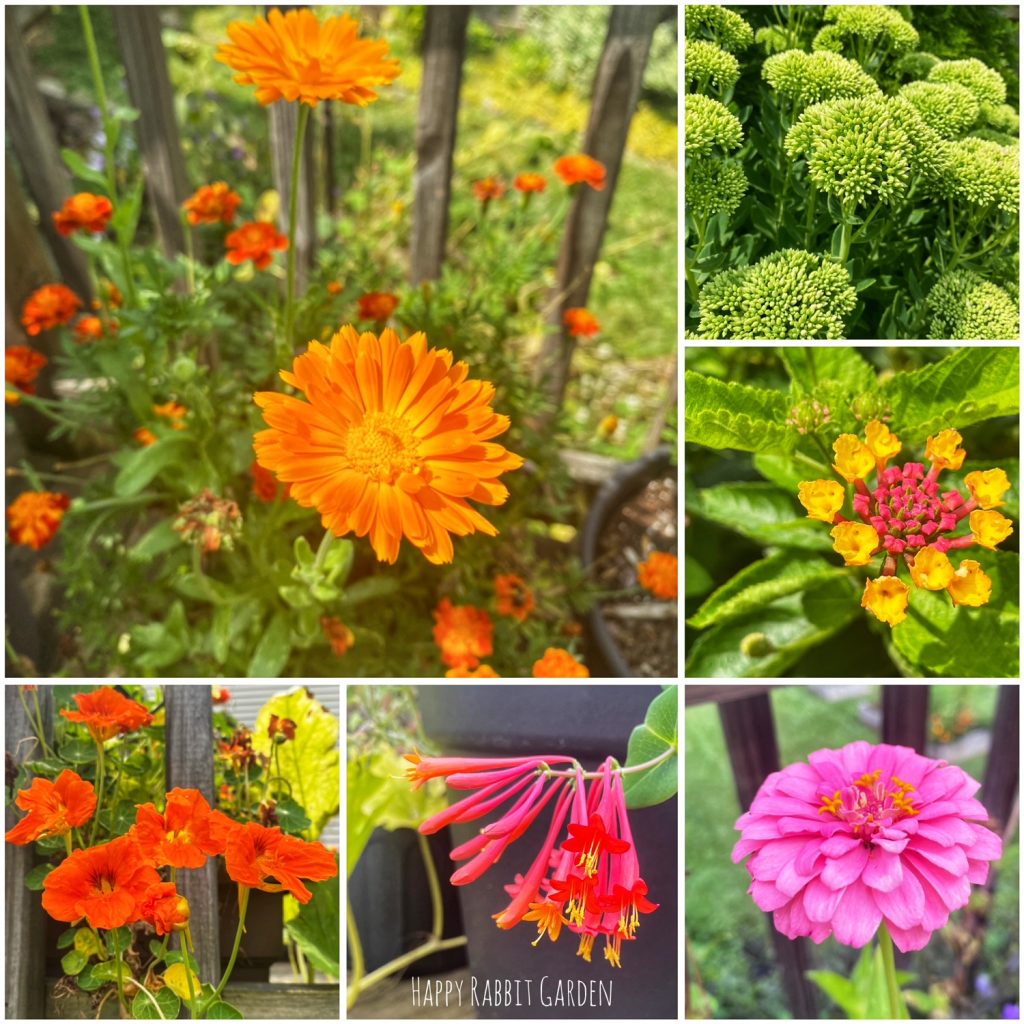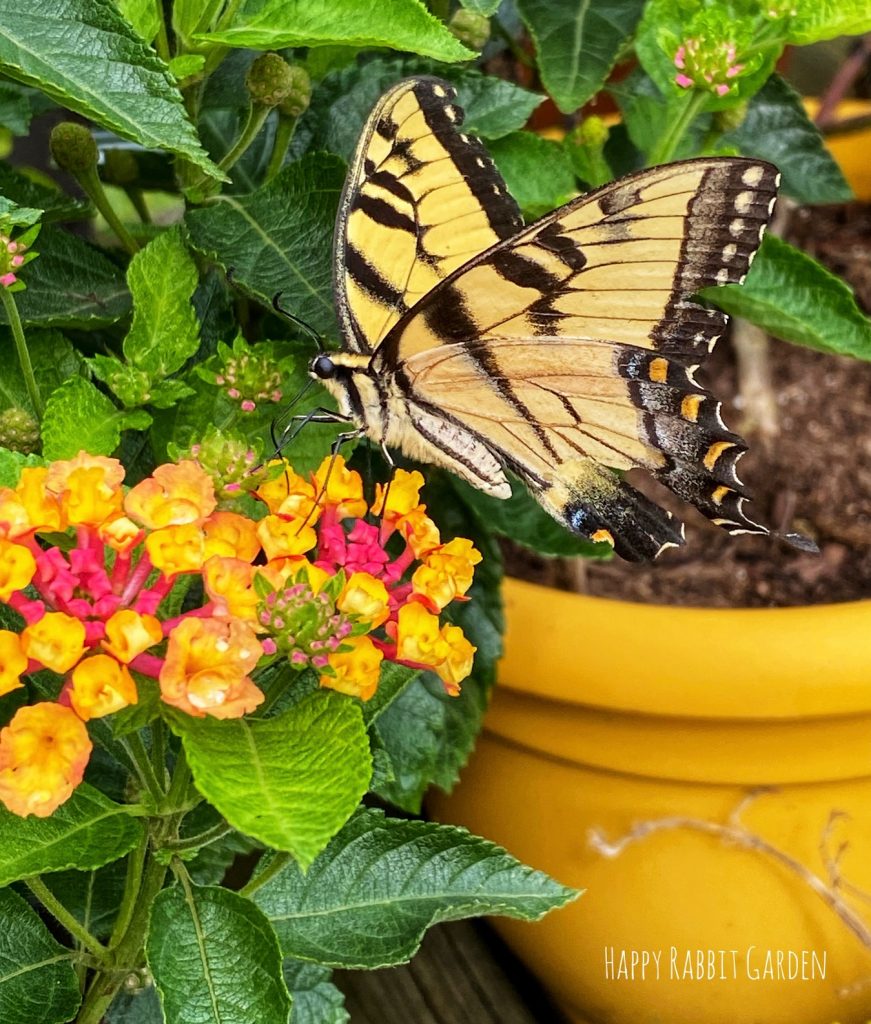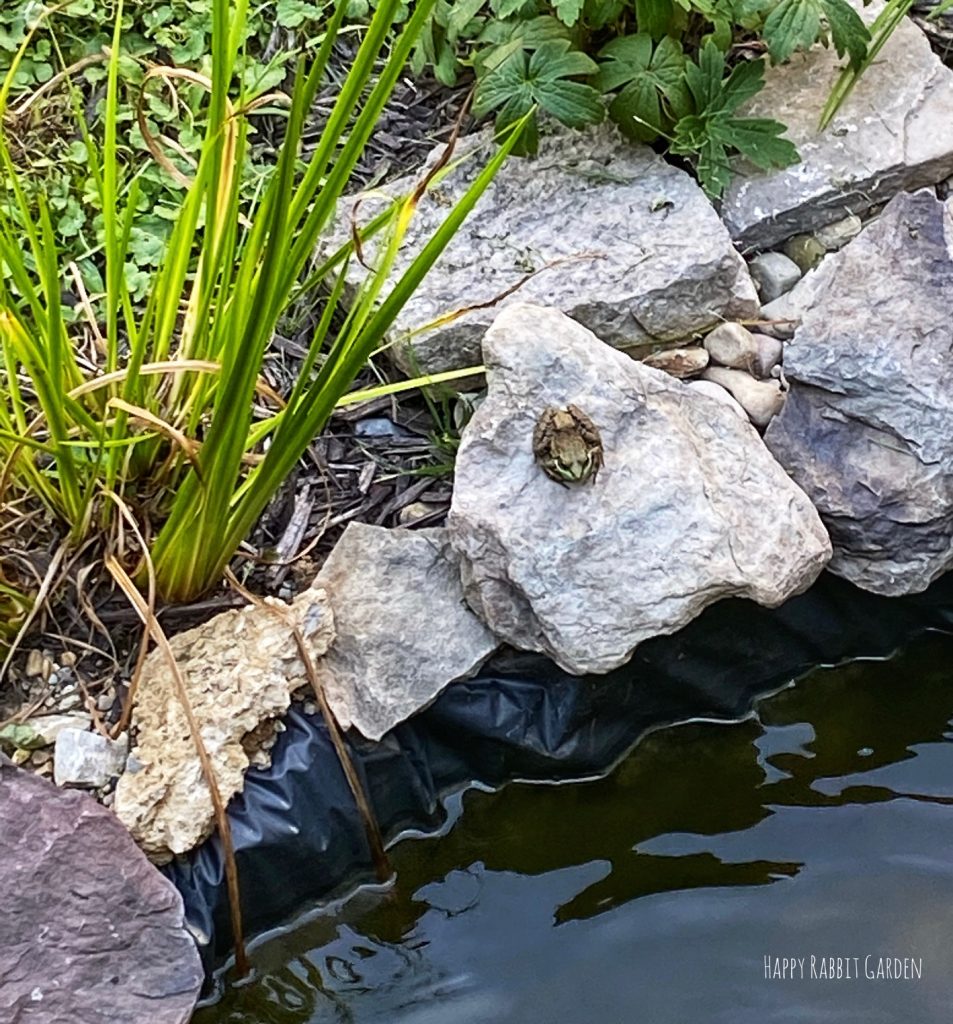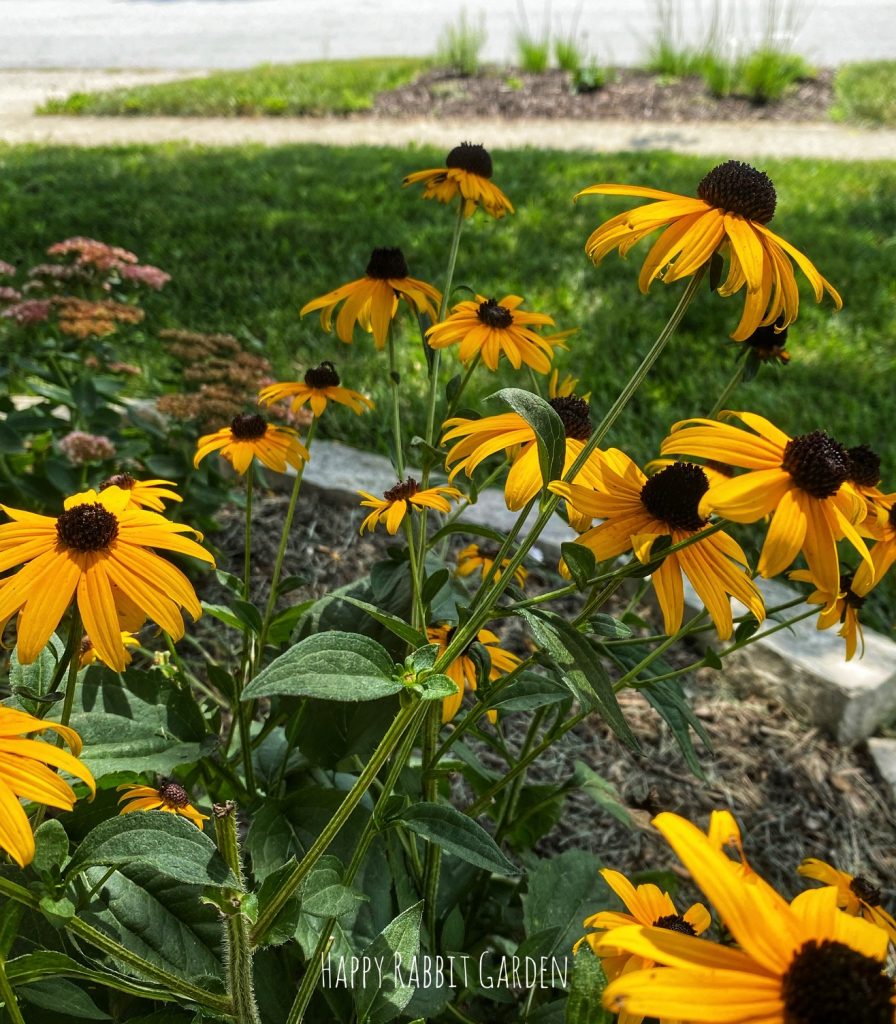
2021 was quite a year for me in the garden. I started a blog, to keep track of all of my adventures. We put in a wildlife pond, a new pollinator bed, built two more raised beds, filled the deck to bursting with pots, and I planted more seeds than ever. I added quite a few native plants to the yard, tried winter sowing, started growing a few exotic (for Central Ohio!) plants like pineapples and a banana tree, and I’ve stuffed every available surface indoors with potted plants.
The yard saw quite a few visitors this year, everything from dragonflies and bees, to hawks and cats. Our birdfeeder collection multiplied (much to the delight of the local sparrow population), and the compost pile has continued to grow, then break down, only to grow again.
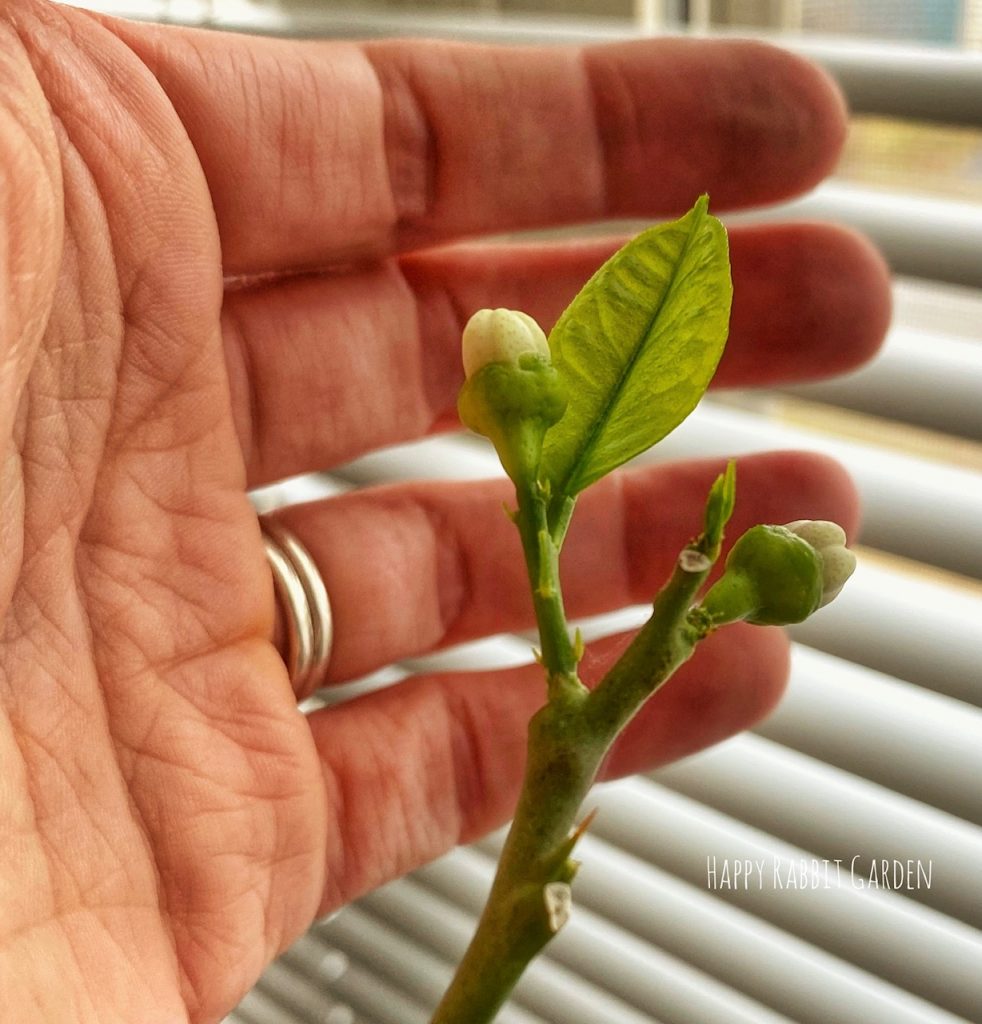
Our raised beds had a productive year. Things kicked off with asparagus and lettuce in the springtime, then the herbs, garlic, shallots, tomatoes, peppers, pumpkins, and green beans from the summer into fall.
2021 was a warm year, and a wet one, too. According to the local weatherman, who keeps track of these sort of things, this will have been our 7th warmest year since 1879. Just this month, which has been unusually warm, we tied our record for the 3rd warmest December since 1878. We’ve spent a few days with the windows open this week, which has never happened before at this time of year. Our hellebores are budding already (which usually doesn’t happen until March or April) and while most of the perennials dies back last month when we had a bit of snow, the yard is looking pretty green.
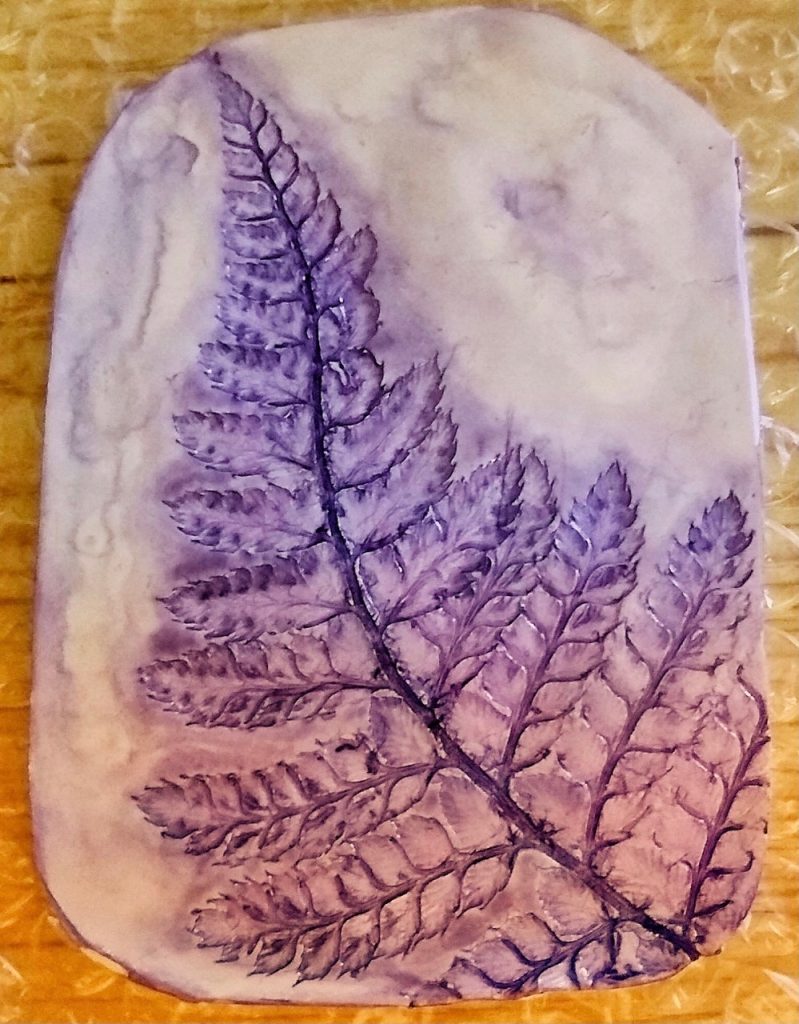
Despite the temperatures and rainfall, the garden seemed mostly happy this year. I only watered the pots and raised beds with veggies and annuals- all the plants and trees out in the flower beds were left up to their own devices. I put in a lot of natives, which grow very deep roots that can withstand the summer heat. And I tend not to plant perennials that require much in the way of fussing.
When not gardening, I spent some time crafting up artwork and gifts for friends and family, inspired by, and borrowing from the garden itself. I made up some beeswax candles with bits of dried lavender from the flowers beds. I also dried up a bunch of herbs, like thyme, rosemary, basil, oregano, bay leaves, parsley, fennel, and dill, some of which ended up in mixes for friends. Finally, I made up some little clay tiles and pendants, which I “printed” with impressions of ferns and other plants around the yard. I painted them, and shipped them off for some one-of-a-kind art for friends. They turned out rather nicely, if I do say so myself, and I hope to make up some more.
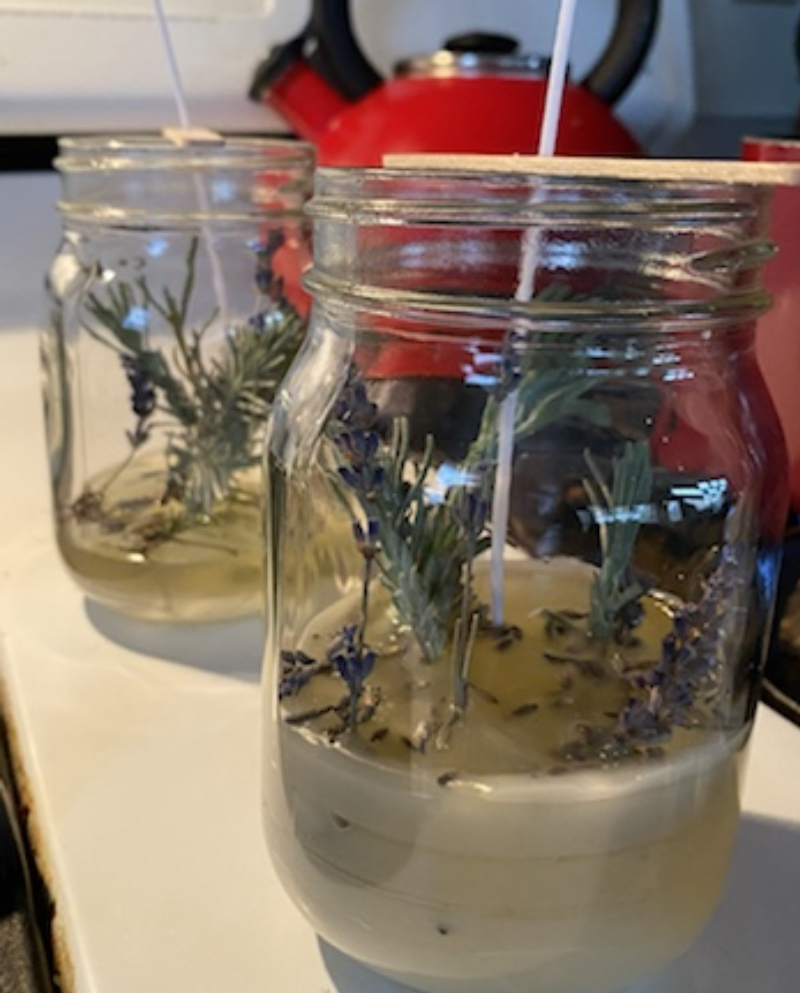
I’m really looking forward to the next gardening season. This winter, I’ll be working on my Master Gardener certification, and soon, it will be time to start sowing seeds again. I’ve already been pouring over the seed catalogues as they arrive, and may have already purchased my body weight in seeds… I’m excited to see which new (to me) plants, flowers, and trees catch my eye and end up in the garden this coming year.
As pandemic life continues, and things in the world feel uncertain, I hope that your garden is still bringing you peace and joy. While those seed catalogues pour in, and you find yourself deep into springtime daydreams, may 2022 find you safe and healthy. Happy gardening!
